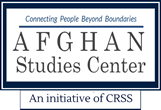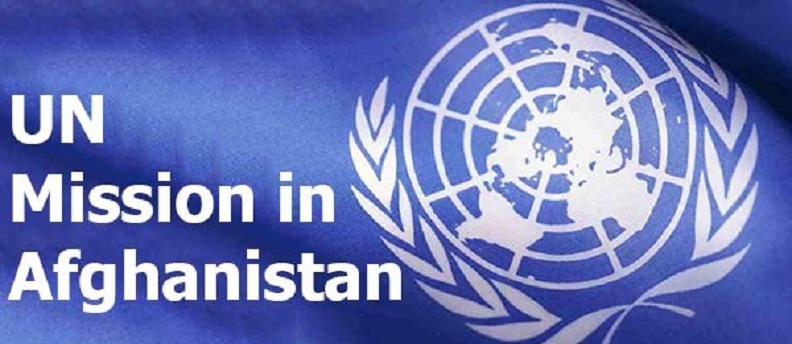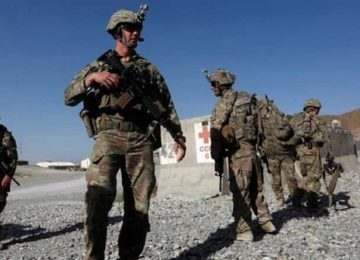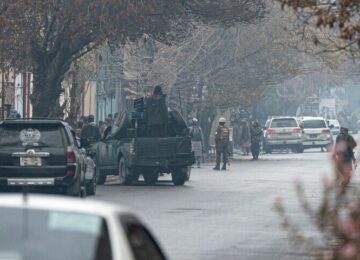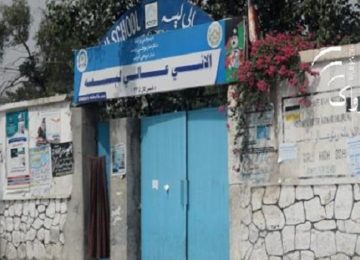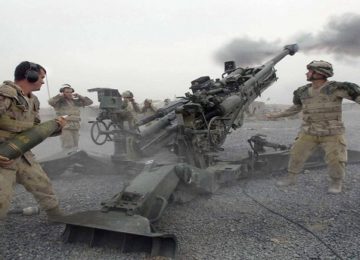A staggering death toll of civilians in Afghanistan has continued at the same record level as last year during the first six months of 2017, according to the latest mid-year UN Assistance Mission in Afghanistan (UNAMA) report. A total of 1,662 civilian fatalities and 3,581 injured have been recorded between the period of January 1 and June 30. Deaths in the capital of Kabul accounted for almost 20 per cent of the toll as most of these deaths recorded occurred in a single attack in Kabul in late May; when a truck bomb exploded during the morning rush hour killing more than 150 people and injuring hundreds.
Overall, nearly half of Afghanistan’s 34 provinces have seen an increase in civilian deaths in the first six months of the year mainly due to the rise in attacks by anti-government forces across the country, including the resurgent Taliban and the Islamic State.
Women and children are among those most affected due to an increased use of IEDs and aerial operations in populated areas. A total of 174 women have been killed while 464 have been injured this year – denoting an overall rise in casualties by 23 percent compared to last year – while 436 fatalities of children were recorded in this period, representing a nine per cent increase compared to 2016.
According to the UN High Commissioner for Human Rights Zeid Ra’ad Al Hussein, “The statistics in this report, horrifying though they are, can never fully convey the sheer human suffering of the people of Afghanistan. Many Afghan civilians are suffering psychological trauma, having lost family and friends, and are living in fear knowing the risks they face as they go about their daily lives.”
It is worth noting that the ground offensives by Afghan security forces are the second leading cause of civilian casualties. However, as per UNAMA, there has been a 10 percent decrease in the number of civilians killed by Afghan security forces when compared to the same period in 2016.
See UNAMA’s full mid-year report 2017 here.
